Just last week, NFL Players Association (NFLPA) President J.C. Tretter released new data on football injury rates on turf versus natural grass, showing that in 10 of the past 11 years, artificial fields proved more dangerous. As a conclusion from the findings, Tretter accused the NFL of using “an outlier year to engage in a PR campaign to convince everyone that the problem doesn’t actually exist.”
His letter drew stark battle lines in the ongoing debate over playing surfaces, painting professional athletes as Davids to the Goliaths of league officials and owners. However, as teams have modernized their safety equipment in past years with technology like the Guardian Cap — a soft-shelled helmet cover that reduces the impact on players’ heads during practice — the conversation of the playing surface itself has been left behind.
Introduced to professional football in the late 1960s, synthetic grass, widely known as astroturf, was designed to avoid difficulties in cultivating sod. However, it has since gained notoriety as the “Turf Monster,” causing players to trip on their cleats.
Artificial turf is made of plastics, held upright by infill made from rubber beads, and built upon layers of rock to enable drainage. The lack of soil and natural plant material makes players more prone to hard falls and turf burns, and a poll found that a resounding majority of NFL players favor natural playing fields.
More recent innovations in artificial turf include slit-film fibers. Rather than manufacturing individual fibers, a flat layer of plastic is cut to create a form of netting that mimics grass. The advantages are plentiful — not only is it cheaper to produce, but it is also cheaper to color and clean, as the plastic layer acts as a flat surface for the paint to adhere to.
Until this year, six NFL stadiums used slit-film turf. Players quickly realized that replacing turf with plastic netting was a recipe for disaster, leading to complaints of cleats stuck in the turf. According to analyses from the NFLPA, slit-film turf led to two to three more injuries per stadium per year.
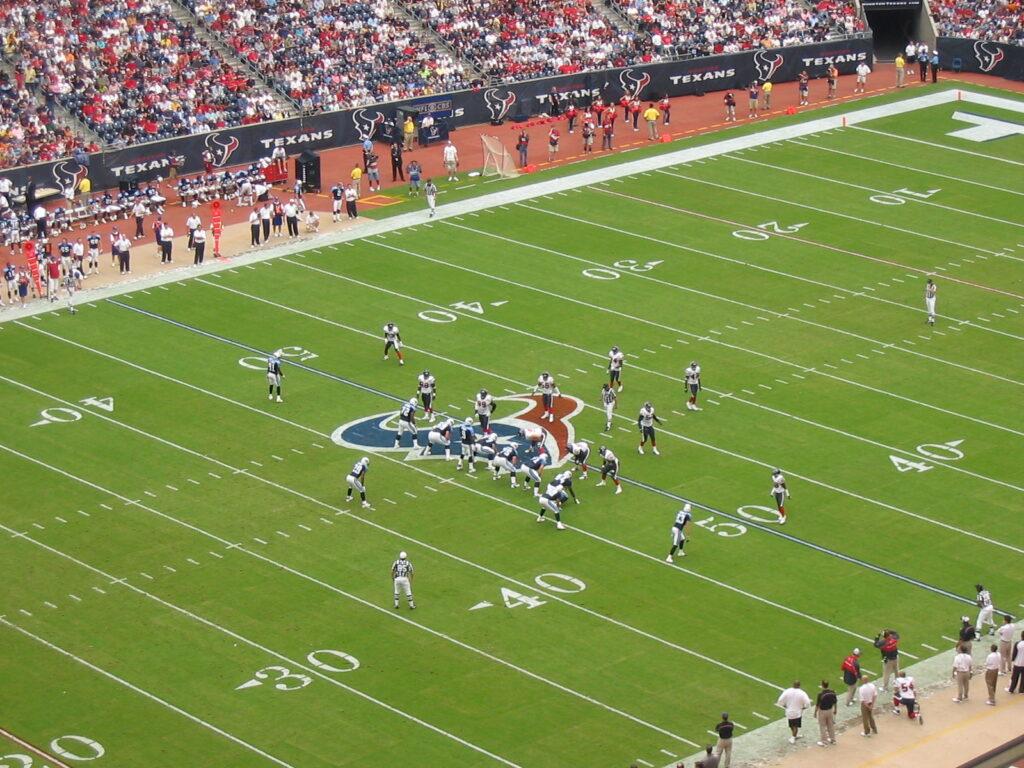
That brings us to the most recent numbers on synthetic playing surfaces. In Tretter’s essay, lower extremity injury rates on artificial turf prove to be significantly higher than those on natural grass. Citing studies in the American Journal of Sports Medicine, which include data scientists and team physicians from the NFL, Tretter said that “missed time non-direct contact injuries” increase on turf.
Odell Beckham Jr., a wide receiver who tore his anterior cruciate ligament (ACL) on artificial grass during Super Bowl LVI, has been one of the most outspoken opponents of turf. After New York Giants wide receiver Sterling Shepard injured his knee on turf last fall, Beckham tweeted, “Just get rid of it all the fkngether bro.” Buffalo Bills linebacker Von Miller’s knee injury in November 2022 prompted a similar reaction from Beckham, who succinctly tweeted, “GET RID OF TURF.”
Still, simply getting rid of turf will not be the panacea for playing surfaces in the NFL. For this year’s Super Bowl LVII, where groundskeepers prepared a specially cultivated grass field just for the game, technical problems caused the field to turn incredibly slippery. The league’s current move toward grass fields represents a step in the right direction, but more attention must be paid to field conditions to ensure player safety.
Safe playing conditions for football players will be critical to the evolution of the sport as greater concern is placed on the long-term health of athletes. The NFL is already reckoning with the pressure of science surrounding chronic traumatic encephalopathy (CTE) and concussions, so an additional controversy poses a greater risk to the league’s public reputation.
Benjamin Manens is a first-year in the SFS. A League for Whom? is published online and in print every three weeks.


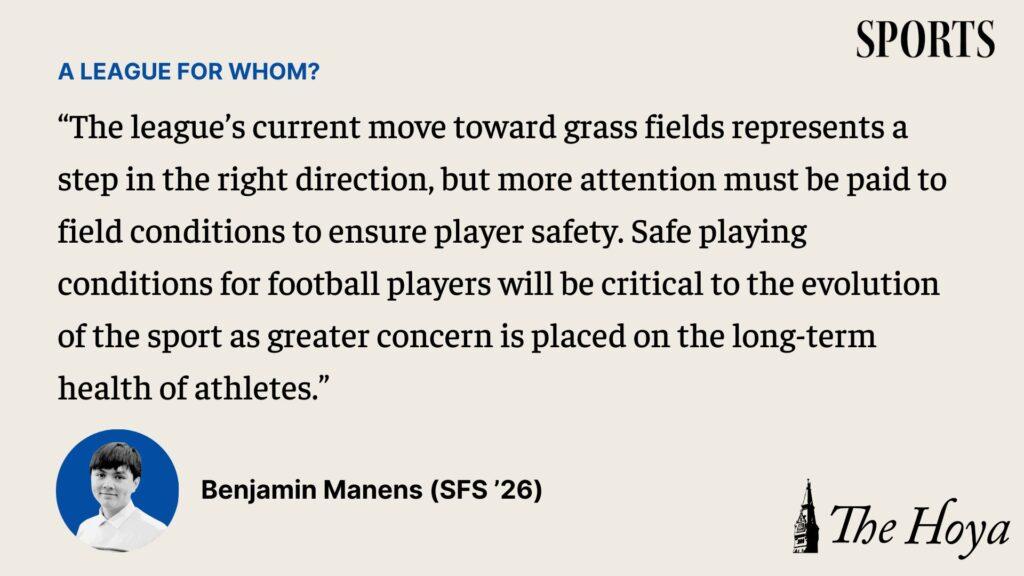




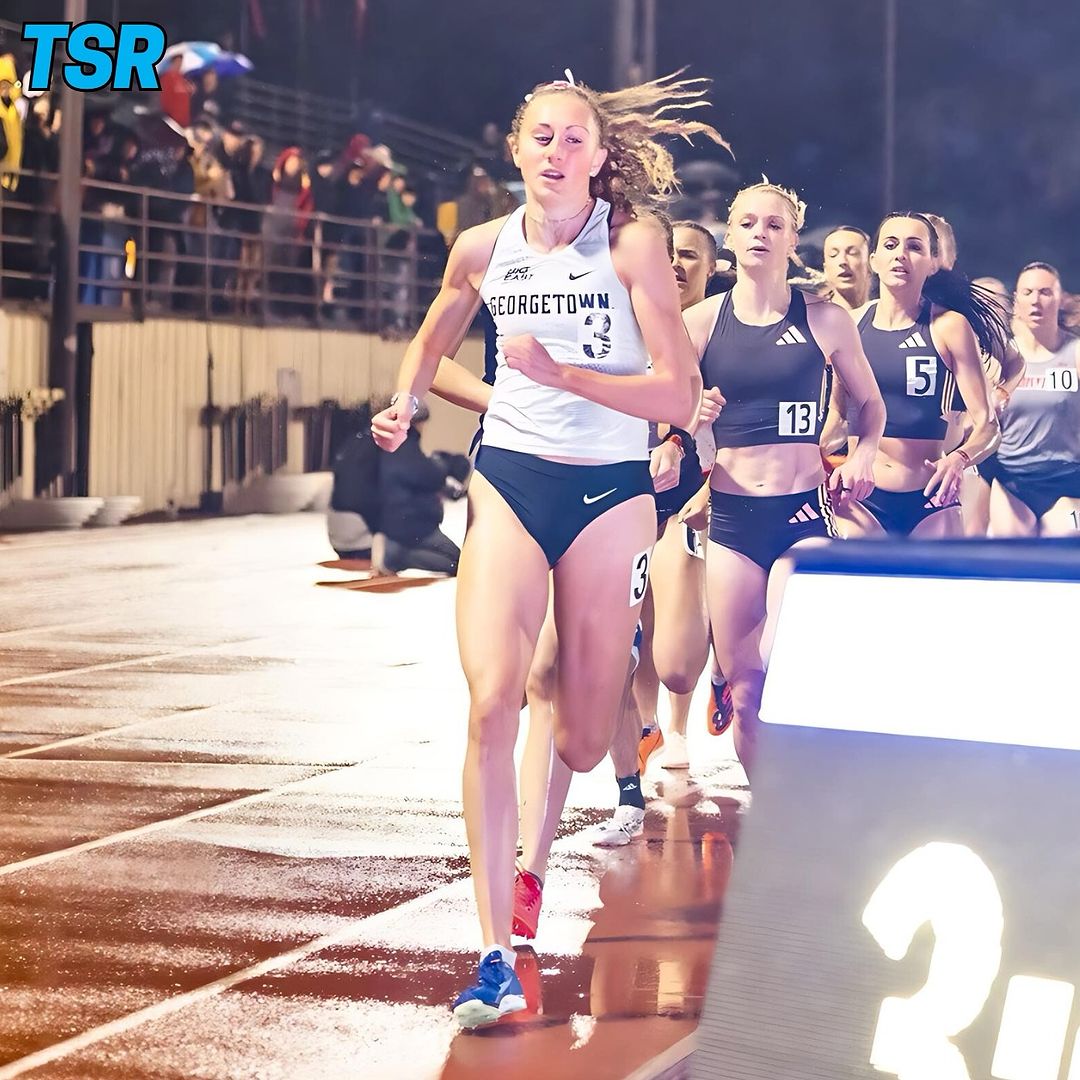
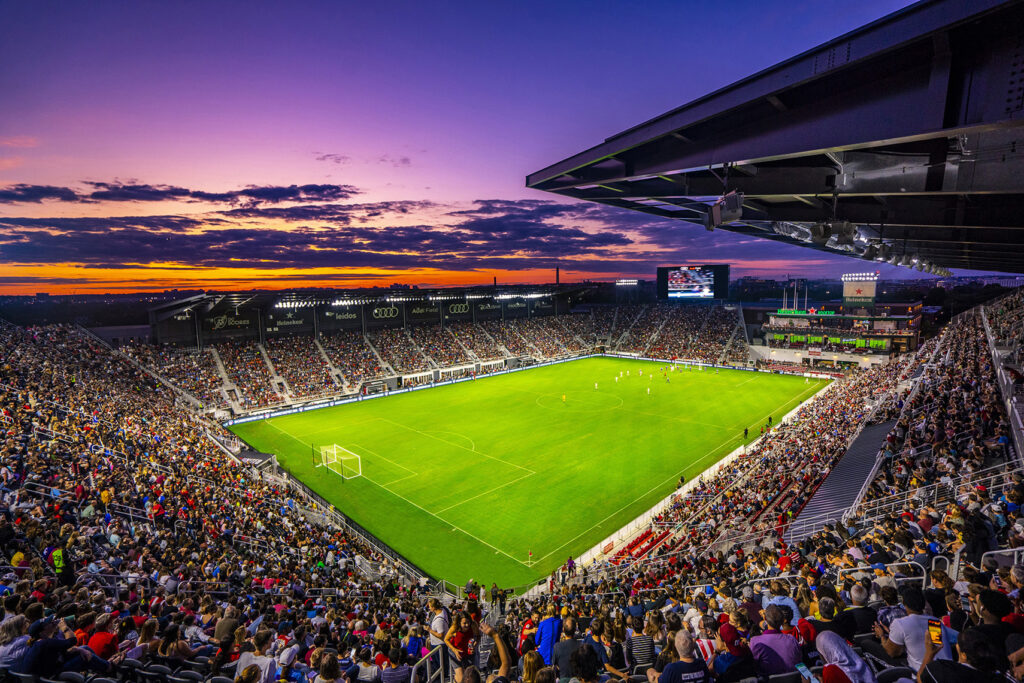
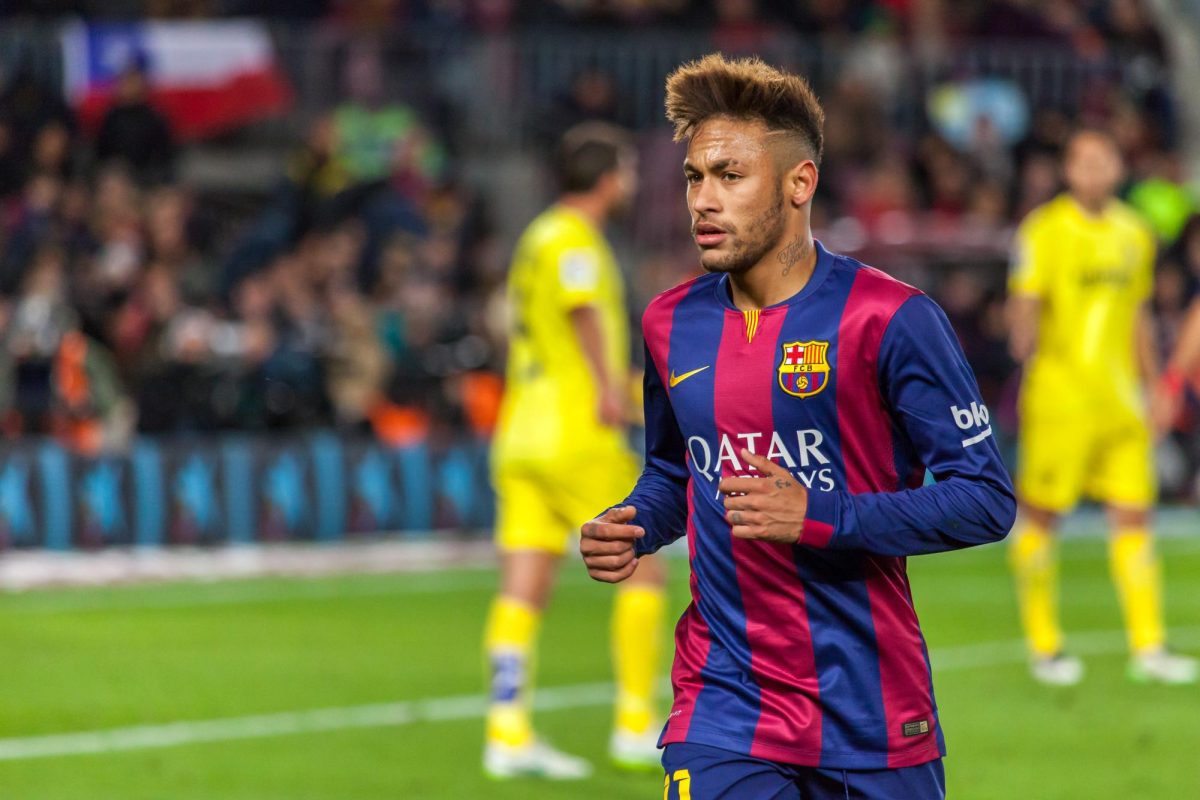
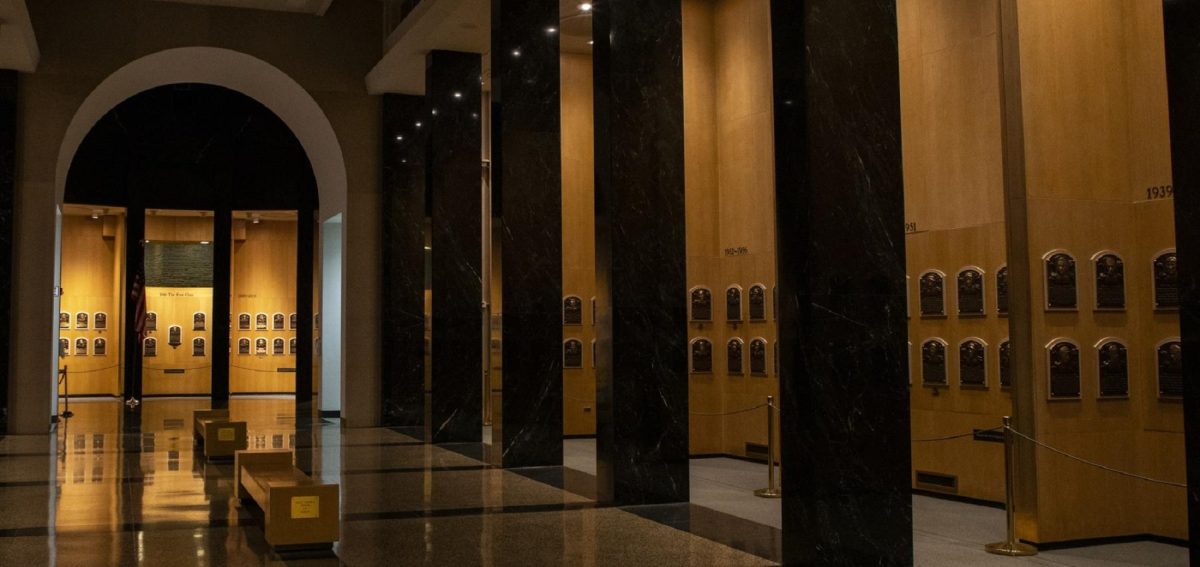
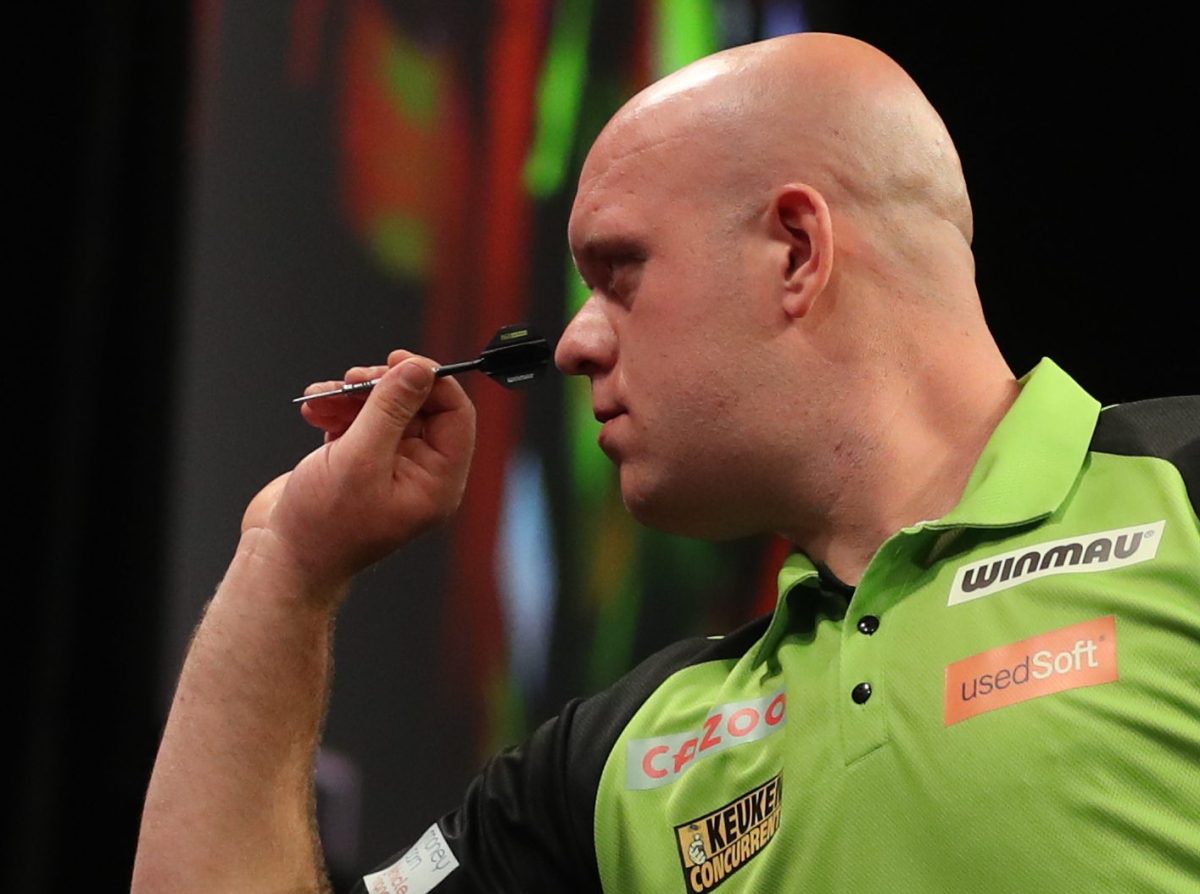
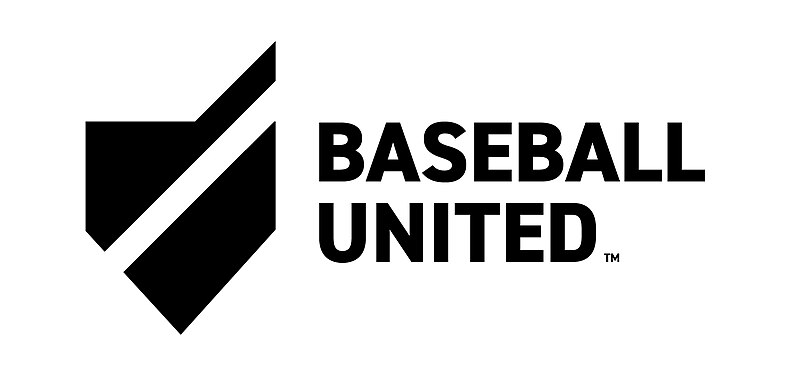
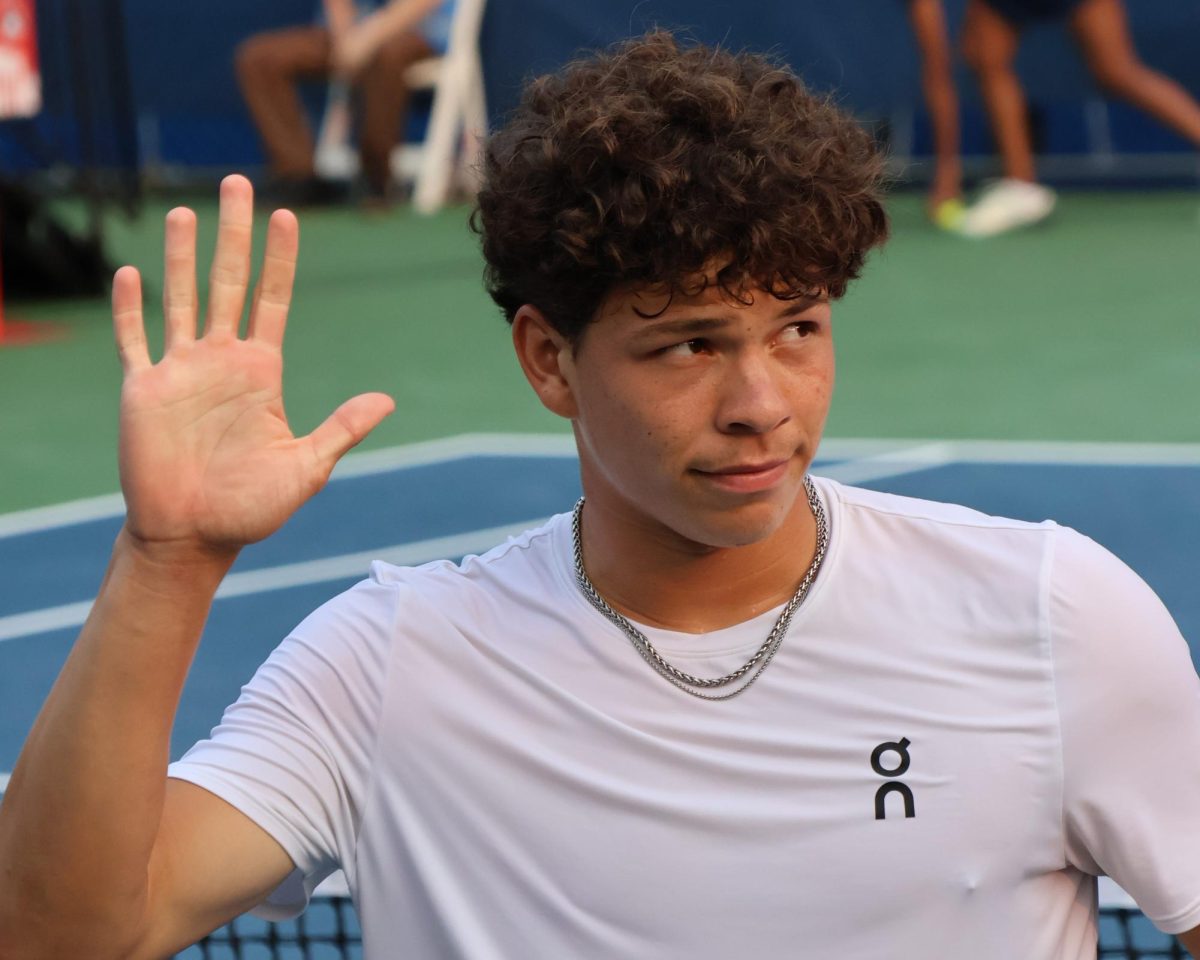
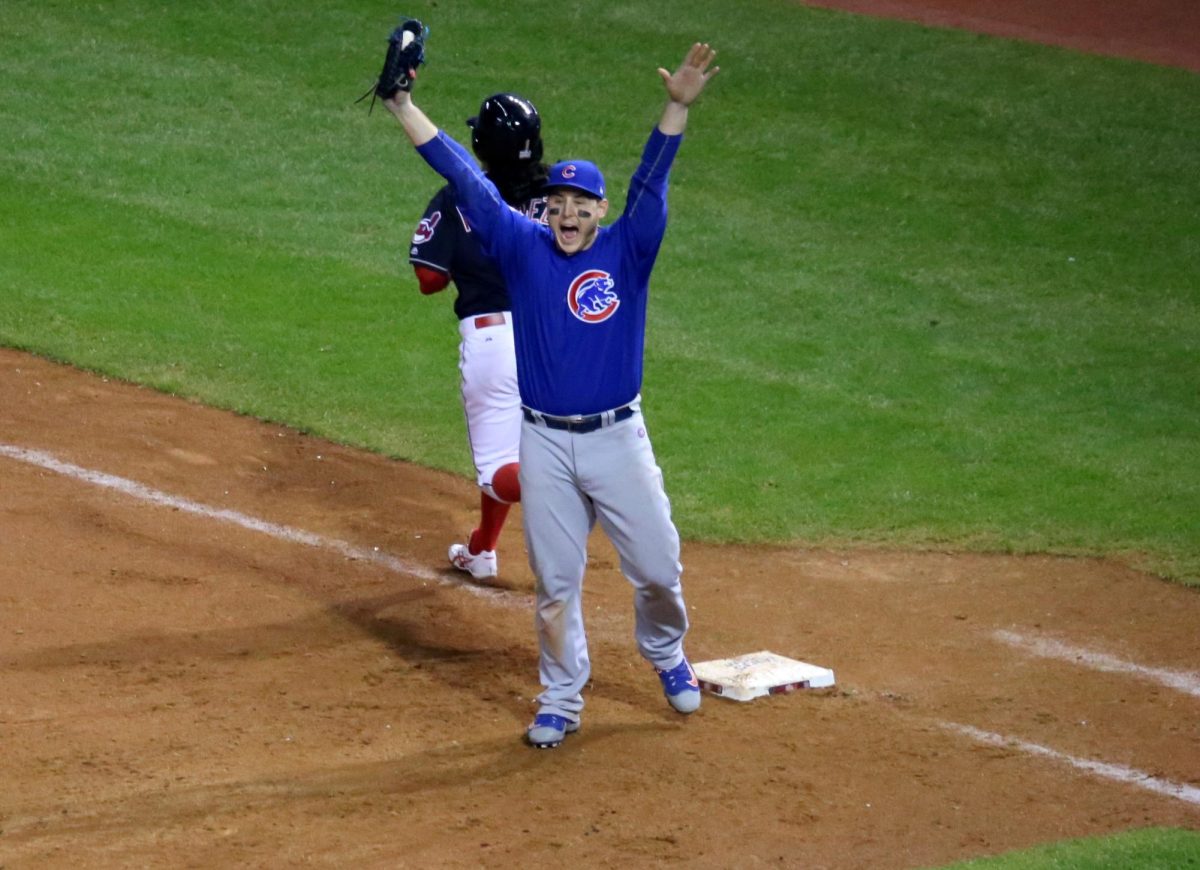






Otis Legros • Sep 4, 2023 at 1:06 am
Injuries are a harsh reality in the NFL. It’s heartbreaking to see players go down, but it’s also a testament to their toughness and dedication to the game. This blog post provides a thoughtful discussion on the impact of injuries in the league.